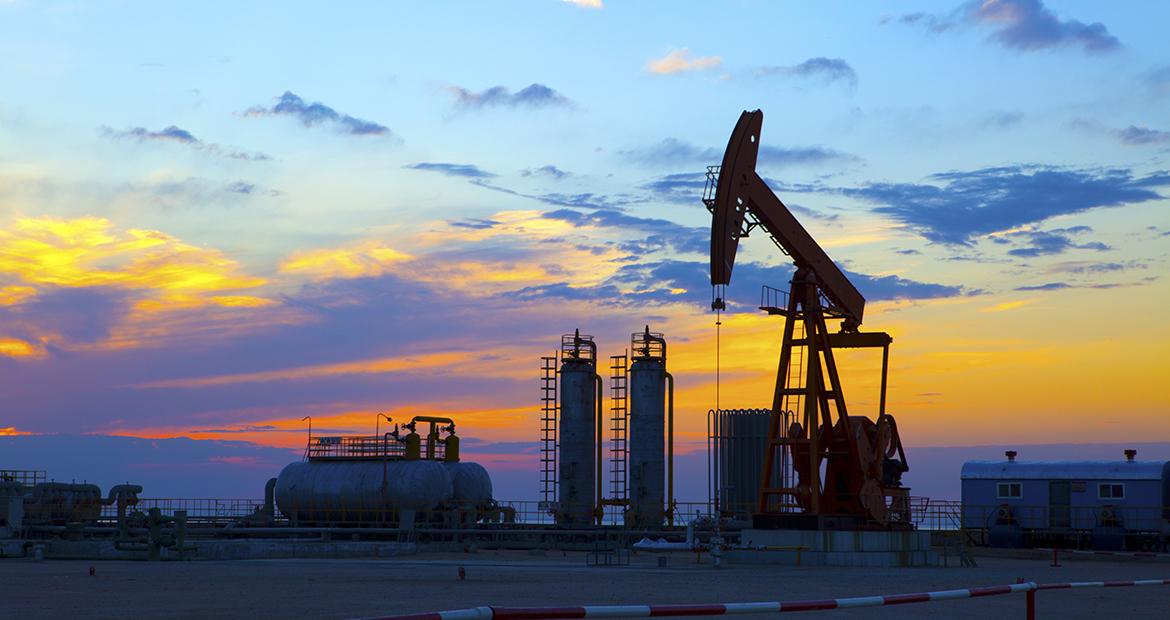Oilfield Stimulation Chemicals: Maximizing Well Production Through Specialized Treatment
Introduction
Oil and gas wells naturally decrease their productivity over time as reservoir pressures decline. However, stimulation techniques can significantly improve and prolong well outputs. Stimulation involves introducing specially formulated chemicals into the wellbore and surrounding rock to enhance permeability and oil/gas flow. There are several common stimulation methods used in the industry.
Hydraulic Fracturing
One of the most widely used stimulation techniques is hydraulic fracturing, also called fracking. In this process, a mixture of water, proppant, and chemicals is injected underground at high pressures. The mixture fractures and props open cracks in shale and tight rock formations, allowing hydrocarbon deposits that were previously inaccessible to flow into the well. Proppants like sand, ceramic beads, or man-made materials are suspended in the fluid to prevent fractures from closing once pumping pressures are removed.
A variety of chemical additives serve important functions in the hydraulic fracturing process. Gel stabilizers thicken the fracturing fluid so it can transport proppant deep into fractures. Biocides eliminate bacteria that can impair fluid properties or pipe integrity. Scale inhibitors protect equipment from mineral deposits. Surfactants and emulsifiers suspend proppant and allow for efficient fluid recovery after the job. Corrosion inhibitors shield well components from corrosive fluids and gases. Friction reducers reduce turbulence and pressure requirements for pumping the long treatment distances involved in horizontal well fracking.
Acidizing
Acidizing uses acid to dissolve carbonates and other minerals in formations, increasing permeability near the wellbore. Common acids used include hydrochloric acid, hydrofluoric acid, and formic acid. The reaction etches channels through damaged zones or plugged pores. As with fracturing, additional chemicals are included to help control acid placement and reaction. Iron control chemicals bind with dissolved metals to prevent formation damage from metal precipitates. Foamers generate nitrogen-based foam that diverts acidic fluids away from formations susceptible to over-acidizing.
Matrix Acidizing
Matrix acidizing differs from other acidizing methods in that it uniformly acidizes the reservoir rock rather than selectively attacking natural fractures or highly permeable zones. This provides a more widespread enhancement effect than conventional acidizing techniques. One matrix acidizing application increasingly used in mature oilfield stimulation chemicals involves soaking the formation with diluted hydrochloric acid followed by chelating agents and surfactants. The chelants complex with calcium ions released from carbonate rock dissolution, and surfactants help keep acid safely in contact with the formation for an extended reaction time. This "complicated acid" matrix treatment has demonstrated success stimulating additional oil production from wells previously treated with conventional acid alone.
Other Stimulation Methods
Other stimulation methods use different mechanisms besides hydraulic fracturing or acidizing to boost hydrocarbon flows. Thermal stimulation applies steam, hot water, or firefloods to lower viscosity and mobilize thicker crude deposits. CO2 flooding works by using carbon dioxide's solubility in oil to extract previously unrecoverable reserves. Solvent stimulation employs solvents like hydrocarbon gases to literally dissolve stuck oil and allow it to drain into the wellbore more freely. Proppant fracturing treats unconsolidated sands prone to collapse with specially designed resin-coated or lightweight proppants to maintain effective fracture conductivity.
Careful Chemical Selection
Regardless of the specific stimulation method, selecting the right chemical additives is critical to maximize results while minimizing formation damage or environmental impact. Service companies work closely with operators to understand each reservoir's unique properties and fluid sensitivity. Computer models simulate predicted chemical interactions and treatment performance. Rigorous testing programs qualify chemicals for specific project conditions. Ongoing monitoring and evaluation optimize chemical concentrations and ensure conformance with permitting requirements. Proper stimulation chemical selection and application can significantly boost well efficiency, recovery rates, and project economics for many years to come.
Environmental Considerations
As with any industrial operation, oil and gas production carries environmental responsibilities. Stimulation service firms have invested heavily in developing "green" chemical technologies. Several trends reflect this commitment. Water-based fracturing fluids have largely replaced oil-and synthetic-based alternatives to minimize impacts. Alternative proppants like ceramics and resin-coated sand improve conductivity while reducing sand withdrawals. Disclosure of hydraulic fracturing fluid components provides oversight while protecting trade secrets. “Plug-and-perf” completions eliminate produced water storage ponds. Biodegradable breakers degrade friction reducers after their downhole function. These and other measures help energy development coexist with conservation priorities. Overall, optimized stimulation supported by appropriate chemicals represents a vital long-term production technique for both economic and ecological sustainability.
Conclusion
Well oilfield stimulation chemicals plays an indispensable role in maximizing hydrocarbon recovery from subterranean reservoirs. From fracturing unconventional shale to acidizing carbonate formations, specialized chemical treatments unlock otherwise inaccessible resources and breathe new life into declining wells. Continuous advancement of stimulation methods and additives reflects both technical challenges and stakeholders' shared interest in responsible resource stewardship. Proper chemical selection aligned with each unique geological scenario ensures safe, effective, and efficient recovery that can sustain supplies for generations to come.
Global Oilfield Stimulation Market: Trends, Analysis, and Growth Opportunities

